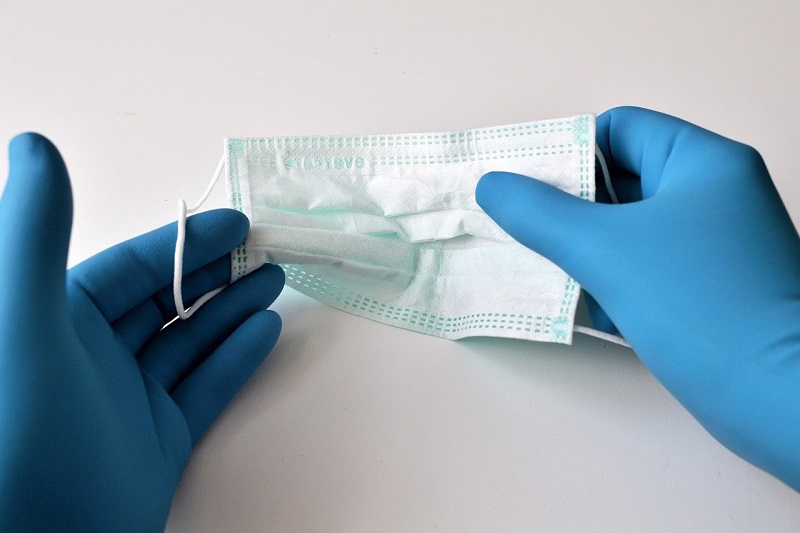Healthcare Factors That Helped in Recovering From the Pandemic

The impact of the recent pandemic has been devastating. While hundreds and thousands of lives were lost worldwide, and the global economy witnessed another major recession. The pandemic hit the whole world out of the blue. With no possible cure at hand, the world as a whole was on the brink of losing its sustainable development motives.
The healthcare department snowballed with thousands of patients admitted at the hospitals. At the same time, those with chronic diseases constantly feared contracting the virus. Such epidemics or disease outbreaks have engulfed various societies.
Recovering from the pandemic was no less than a puzzle with one of its pieces constantly missing. Even living in the modern era where healthcare technology is so advanced and researchers have all the answers, we still couldn’t solve the mystery of COVID-19. Scientists and healthcare professionals worked tirelessly to find a cure, and it took them a year to come up with a vaccine. However, the efforts of healthcare professionals extended beyond finding a cure. Although finding the cure was essential to stop the spread of the COVID-19 strain, they also had to develop a preventive measure or strategy to help people recover. Following are some of the healthcare factors that aided in the recovery from the pandemic.
-
Telehealth and Telemedicine
With hospitals and management shutting down other healthcare departments, people with chronic diseases were constantly facing challenges for treatment facilities. Telehealth and telemedicine were on the cards, but no one imagined them to be functional this soon. Determining the success and availability of such facilities for remote patients requires accurate data and its calculation.
A biostatistician plays a vital role in helping the healthcare systems project the success of any new intervention by assessing the gathered data related to a particular fraction of the general population. Previously remote care or telehealth services were only for crises or emergencies. However, the current pandemic forced the healthcare system to rely on remote care and prevent as many patients from contracting viruses as possible.
-
Improved surveillance and data analysis
Another crucial aspect of healthcare is its surveillance and data analysis. The rapid spread of COVID-19 among the public and yet managing to save thousands of people was a significant milestone. Had it not been for surveillance measures to monitor the presence of microbial factors causing a threat to public health, getting through the pandemic wouldn’t have been possible. The improved surveillance has helped the local authorities to keep track of the number of positive cases and promptly plan different strategies for its prevention.
With significant numbers daily pooling in, the routine use of big data and artificial intelligence have facilitated the healthcare systems to plan and strategize based on the available data and educate the public and contain the virus.
-
Improved healthcare management
The outbreak of COVID-19 accelerated many processes, including licensing, privacy, safety, and inclusion of other technical interventions. From collecting blood samples to treating people at their home without visiting the hospital enhanced the healthcare management for many sectors. Effective management reduced the burden of long-standing appointments and the responsibility of squeezing every patient on a doctor’s schedule.
-
Care continuity
Another innovation that the pandemic induced in the healthcare system is to look for innovative ways for care continuity. Many countries have introduced e-health portals and other mobile applications allowing the users to punch in their symptoms and get a possible diagnosis. With mobile apps and e-appointments, doctors have assessed the patient’s condition, give them a diagnosis, and prescribe medicine. Such interventions and technological involvements have made care continuity more approachable and easy for people globally.
-
Rearranging responsibilities
The healthcare workers were the frontline warriors. One of the strategic aspects to facilitate the recovery from the pandemic was to rearrange the responsibilities. The on-ground workers were busy accommodating COVID-19 infected patients, and every resource mattered. People with chronic diseases had no option but to stay at home as the OPDs were not functional. Telehealth service involves technology, but it also consists of a healthcare professional answering a patient’s queries or concerns. Healthcare managers rearranged the responsibilities and duties, giving enough time to the on-duty workers to rest and others to help the ones relying on telehealth.
-
Innovative developments
With the advancements in technology and modern medicines, the healthcare system has evolved a lot over time. Many projects were in the pipeline aiming to boost the performance and efficiency of the healthcare system. With the pandemic at hand, authorities had to incorporate these developments sooner than later. As a result, many promising and innovative developments concerning primary healthcare services accelerated. It all happened due to the effective utilization of technology and strategies, from gathering accurate data to checking the active case and those recovered.
-
Delivery of primary health services
Before the pandemic, whenever we felt something unusual, we would head straight to the hospital, but things have changed since 2019. Then, maintaining social distance was mandatory, and hospitals booming with COVID-19 cases had to shut their other departments. Within a matter of days, every hospital was operating remotely. As a result, many hospitals had to change their operations and change their systems. Many had to expand their home care services to facilitate more patients in a time of crisis.
Conclusion
Hospitals, patients, and healthcare workers all came together to work on the pandemic.
Our definition of normal is not the same anymore. A year after the pandemic and vaccinations, we are still taking standard precautions. The virus strains are still there, and the world is slowly resuming its activities. With most restrictions uplifted, hospitals and healthcare systems facilitate patients on-premise and consider the means to facilitate those living in virus hotspots. Changing the operational strategies and operations has enabled the healthcare system to be ready for any other pandemic that might hit us.